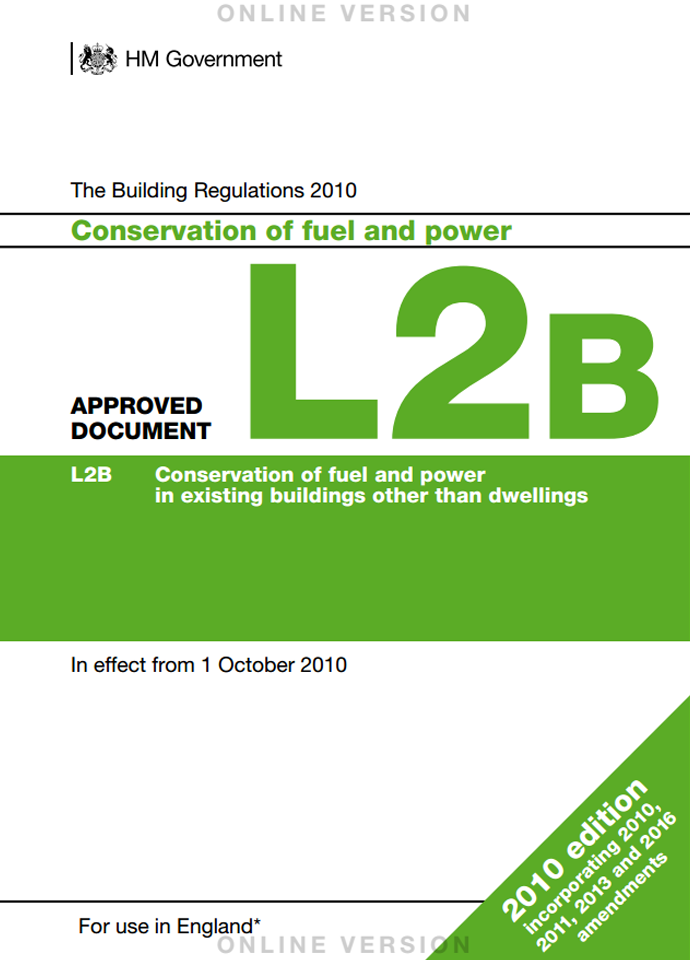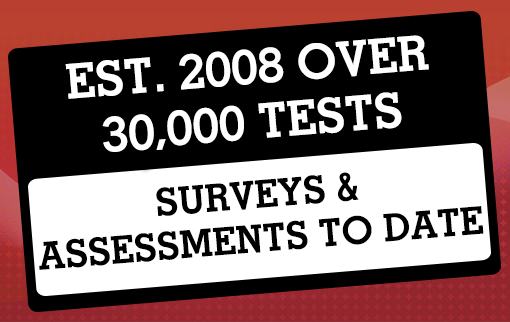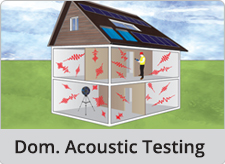Offices Nationwide
• Glasgow
• Newcastle
• Manchester
• Portsmouth
• Wakefield
• Sheffield
• Birmingham
• Wrexham
• Cardiff
• Peterborough
• Milton Keynes
• London
• Plymouth
• Anglesey
• Glasgow
• Newcastle
• Manchester
• Portsmouth
• Wakefield
• Sheffield

Point of Reference
10 dBA is the sound level of normal human breathing. To put it into perspective, thunder is a whopping 120 dBA...more

Environmental Noise Levels
The max exposure time at 85 dBA is 8 hours, at 110 dBA it's just 1 min 29 seconds. If exposed, limit the time and wear hearing protection...more
Part L2B
Conservation of fuel and power

Dewsbury - Room Integrity Testing - 01924 578 029
The office that covers this area is: Wakefield
Phone Number: 01924 578 029 Email: dewsbury@e2consultants.co.uk
Our other services include:
Room Integrity Testing can also be known as:
Fire Suppression Room Integrity Testing, Server Room Testing, Fire Suppression Testing,


Copyright 2025 E2 Specialist Consultants Limited
Company No. 06728970








































